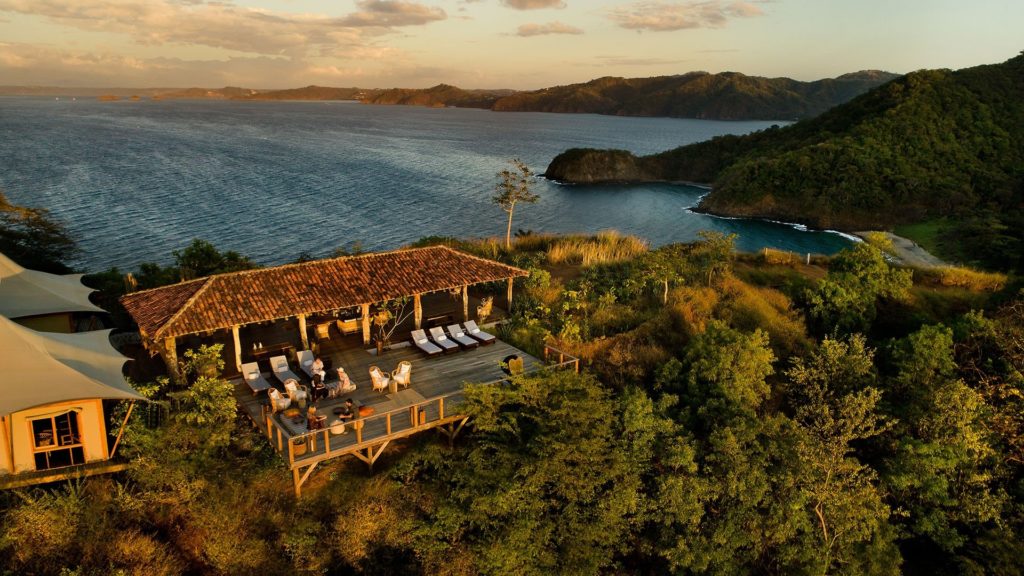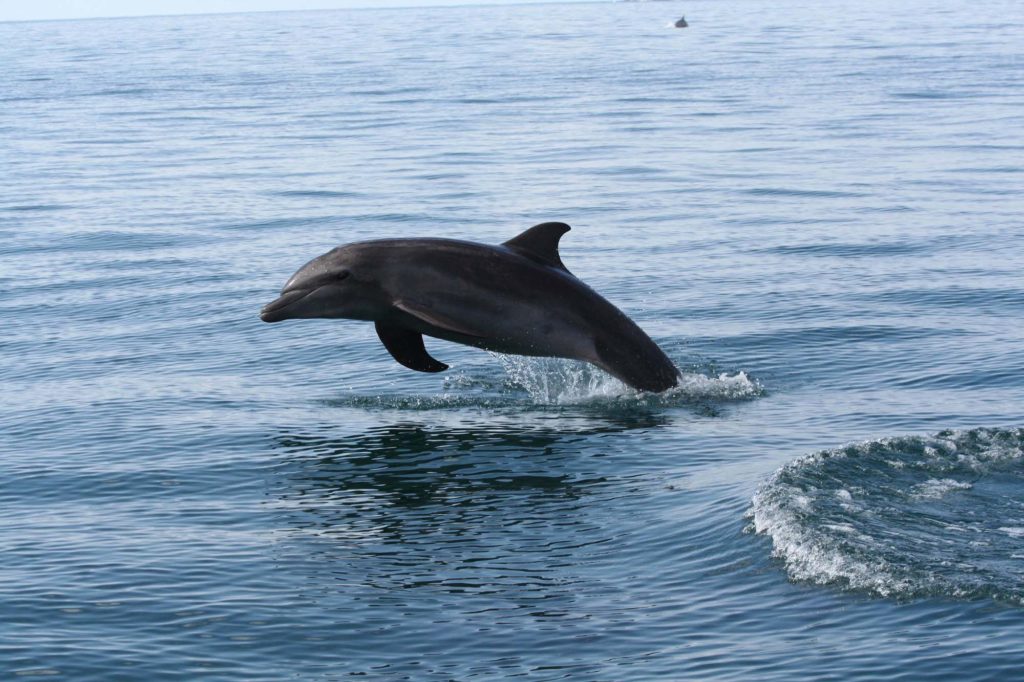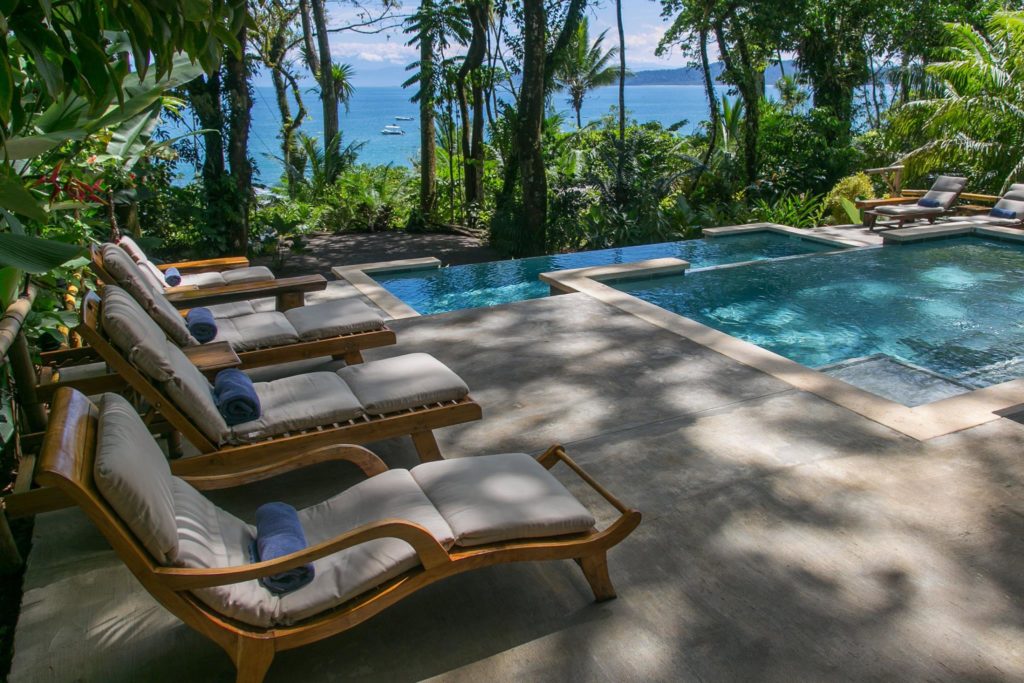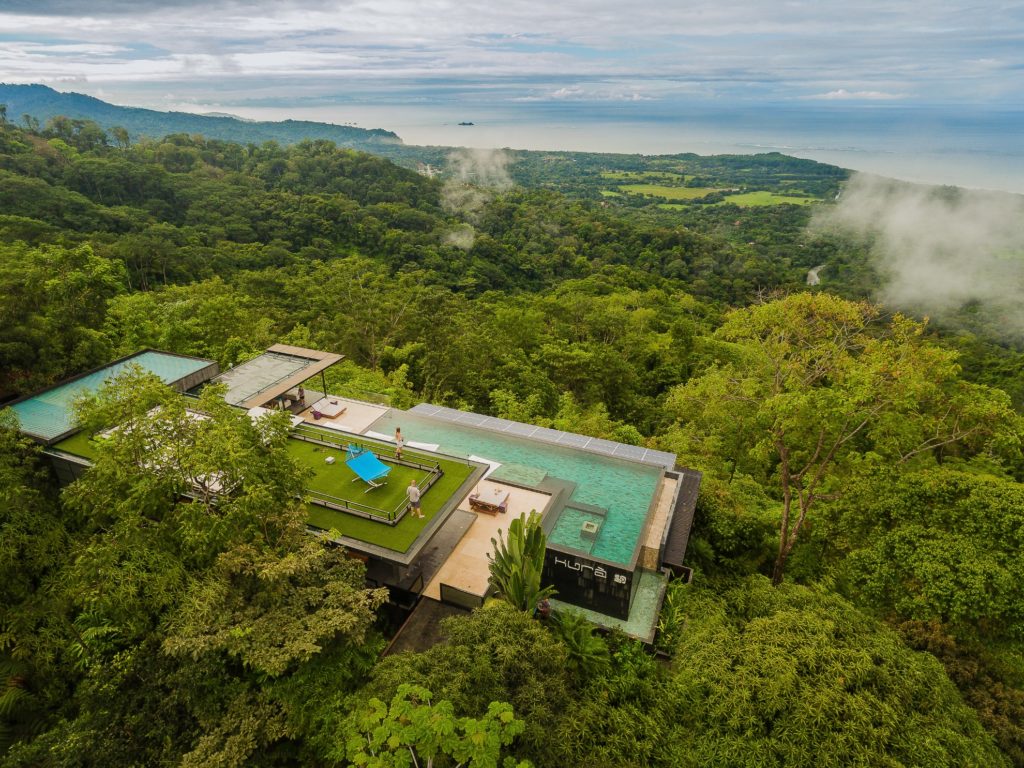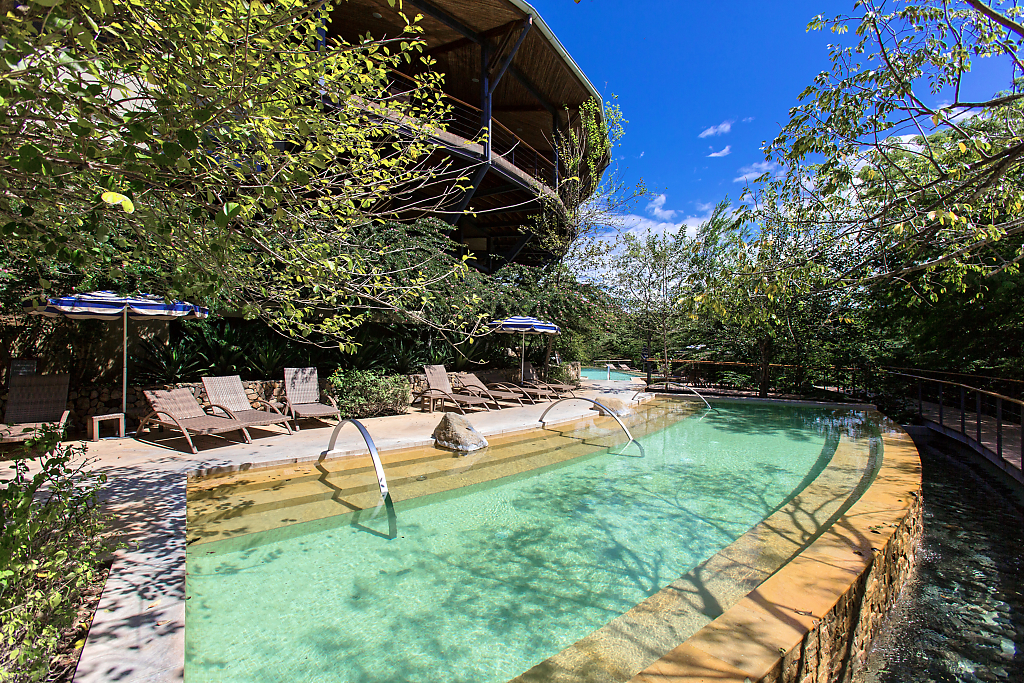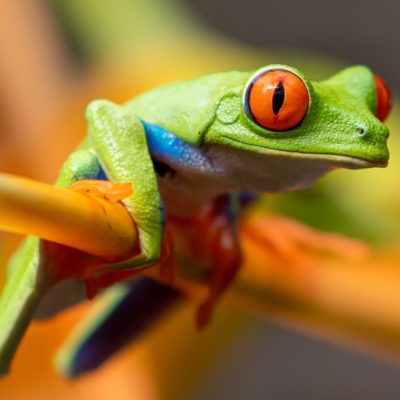Seasonal Information
Explore the unique and more hidden destinations of Costa Rica, from the Tropical Rainforest to the Tropical Dry forest. Experience the feeling of being immersed in nature, away from the traditional beaches or destinations. A real first-hand experience which allows you to reconnect with nature.
- Corcovado National Park
- Isla del Caño National Park
- Marino Ballena National Park
- Bagaces Mountains
- Ganacaste Beaches
Look out for Whales, Dolphins, Scarlet Macaws, Tucanes, Sloths and many of the other wildlife species you might see during your trip in some of the untouched areas of the country. Visit the National Park of Corcovado, and Isla del Caño, and admire the whale tale formation of the Marino Ballena National Park which disappears in the ocean on high tide and rises again on low tide. Enjoy the natural hot springs of the Bagaces Mountain with a relaxing massage and sit back and enjoy the sunsets of the Pacific Ocean and the warm waters of the Guanacaste beaches.
Welcome to Costa Rica!
After your arrival at the Juan Santamaría International Airport (SJO), a representative will meet and greet you and provide you with all the necessary documentation you will need during your trip, itinerary and the main contact information and phone numbers in case further assistance is required.
Then, you will be transferred to the San Jose area where you will be staying at Grano de Oro. It is considered an oasis right in the heart of the city, retaining its Victorian-style tropical decor. With Spanish tile fountains, small pieces of Costa Rican art, beautiful gardens with tropical flowers, and best of all, a warm and welcoming service, which will display to you the famous Costa Rican hospitality upon your arrival.
After breakfast, you will drive first to the local airport for your flight to the South Pacific area of Costa Rica, specifically the area of Drake Bay. This region of the South Pacific of Costa Rica is currently called ‘The Final Frontier’ or ‘The Navel of Life’, as described by National Geographic as “the most biologically intense place on Earth”.
The region is home to 350 species of birds, 150 species of mammals, over 100 species of reptiles and amphibians, about 5500 insects, and 500 species of trees. Staying in this area will allow you to have a deeper connection with nature, especially for those seeking a unique and eco-tourism vacation.
Please note that the maximum luggage for the flight is 40 pounds per person plus 10 pounds for carry-on luggage.
The next day, you will visit one of the most breathtaking National Parks!
Corcovado National Park
After breakfast, enjoy an excursion to Corcovado National Park, located in the Osa Peninsula. This is a wonderful opportunity to see the primary and secondary forests, as well as a wide variety of flora and fauna. The boat trip to the ranger station takes approximately 30 minutes, but this is dependent on the weather and the sea. Whenever possible, as you approach the park entrance, your guide will try to show you the ocean whales, dolphins, or other marine species which are sure to bring excitement.
The first part of the walking trail is up a steep hill that leads through the secondary jungle. Large slabs of tree trunk are strategically located on the ground to allow for an easier walk. Just before reaching the plateau, on your left side, there will be a viewpoint overlooking the resort and the Pacific Ocean. While enjoying a light lunch on the veranda and a short break, you will have the opportunity to capture stunning shots, and from this point, you will be able to see whales and dolphins.
Caño Island Biological Reserve
On your final day, you will visit Caño Island Biological Reserve, which is located just 12 nautical miles from the coastline. The boat ride to the island takes about 45 minutes, but it depends on the weather, sea and other conditions. The island, which is located 90 meters above sea level, rises to a wide plateau, which is covered with a forest of evergreen high. On the island, it is possible to observe the stone spheres made by the first civilisations that inhabited the area. Right in front of the ranger station, there is a beach area most often used to relax and have fun.
The real beauty of Caño Island is not on the land, but underwater, as it is surrounded by five platforms of coral reefs, where experts have identified more than 15 species of stony corals. The dark volcanic rock is home to many impressive species of marine flora and fauna. The water is relatively shallow and suitable for snorkelling, allowing an excellent opportunity to become familiar with the marine life surrounding Caño Island.
On Day 5, you will travel from The Lodge to Sierpe, passing by tropical Mangroves on the Sierpe River. Once in Sierpe, you will be handed your car rental with full coverage insurance and you can continue your trip to the Central Pacific in the Uvita area, until you reach your hotel destination where you will stay the night.
Over the next two days, you will stay in the Bahia Ballena area. Enjoy the beautiful views from the hotel overlooking the whale tail formation which is possible to see on low tide and disappears on high tide. Visit the National Park Marino Ballena to see this on the front line. Take one of the local tours by boat for whale and dolphin watching. Please note that the Whale season is from July-Oct and from Jan-March.
Continue your trip to the Northern plains into the Mountains of Bagaces in the Cordillera of Guanacaste. The travel time from Uvita to Bagaces will take about 4½ hours.
Immersed in the tropical dry forest, the Rio Perdido Hotel offers some unique attractions, such as passing by a river with warm natural thermal waters, as well as adventure tours such as Canopy through the river canyons. This will be your home for the night.
The next day, you will have the day to relax in the hotel and make use of their facilities. Take one of the local tours or have a spa treatment with natural ingredients.
Lovers of eco-adventures will be absolutely thrilled with the activities in and around Rio Perdido. There is so much to do in this wonderfully undiscovered area – from exciting zip-line tours through the canyon to exhilarating mountain bike rides. From scenic whitewater tubing excursions and scenic hikes to soothing hot springs. Should you wish to take a trip beyond the property, the hotel is just a short drive from amazing attractions such as the majestic Miravalles Volcano and the Llanos del Cortés Waterfalls.
Today you will travel to the Pacific coast, specifically the Papagayo Gulf area. Your stay will be at Kassiiya Papagayo, an exclusive small boutique hotel surrounded by the tropical dry forest of the area, with an exclusive beach that can only be reached from the hotel property or by sea, giving it the feeling of a truly remote getaway.
Your days in Papagayo Gulf will be spent at your leisure; allowing you to relax and enjoy the clear waters of the Pacific Ocean.
There is something for everyone to enjoy during your stay in Papagayo Gulf. For adventure lovers, take in an aerial view as you zipline from treetops, or for a change of pace enjoy a relaxing horseback ride through the forest. Alternatively, take in the nature by connection with the surroundings, whether that be the stunning Rincon de la Vieja Volcano or the crystal blue waters which surround you and can be found running down beautiful waterfalls.
After some relaxing days on the beach, it is time to drive back to San Jose for your last night in Costa Rica. The travelling time from Guanacaste to San Jose will take approximately 3½ to 4 hours
After returning your car, you will be taken to the airport. Please take into consideration you may be required to arrive 4 hours prior to departure time in order to have enough time to return the car and transfer to the airport so you can be at the airport 3 hours prior to your flight.
Dates are flexible so please make an enquiry and tell us a range of dates you are considering so we can check availability.
- Flexible itinerary
- Minimum Age for Car Rental is 25 Years
- Maximum Luggage allowance for the local flight is 40 pounds plus 10 pounds carry on
- Meeting at SJO International Airport.
- Private Arrival Transfer form the Airpot to the Hotel
- One (1) night accommodation in San Jose
- Private Transportation to local flight terminal
- Local flight from San Jose to Corcovado, maximum luggage per person 40 pounds plus 10 pounds carry on
- Three (3) night Package at Corcovado including, 3 daily meals, tour to the national park of Corcovado, and tour to the Ilsa del Caño national park
- Car rental Suzuki Vitara( Full cover insurance, free km, additional driver and GPS). Rental from Day 5 upon Arrival until Day 15 departure day
- Three (3) nights’ accommodation at Bahia Ballena
- Two (2) nights’ accommodation at Bagaces Mountains.
- Four(2) nights’ accommodation at Guancaste Beach
- One (1) night accommodation at San Jose.
- 14 breakfasts, 7 dinners and 7 lunch
- Sales taxes.
- Meals not listed in the itinerary.
- Tips or gratitude’s
- Souvenirs
- Tours at the destinations that are not listed in the itinerary
- All Flights
- Couples
- Family
- Moderate travelling
- Nature lovers
Suitable for ages from 13
There is an ample selection of state-owned and privately held banks in San Jose, and throughout the country. The official currency of Costa Rica is the colon; however, US dollars are widely accepted. US dollars and traveller’s checks can be changed in banks and hotels. Most major credit cards are widely accepted, and cash advances can be obtained at banks around the country and in a variety of places throughout San Jose.
Ninety seven percent of the national territory has electrical service. The voltage in residential areas is 110B\V 60 HZ (the same as the United States and Canada) is the standard in Costa Rica
Costa Rica has a relatively modern telecommunication infrastructure and has the second-highest Internet coverage in Latin America. Most of the hotels offer WIFI without cost; Internet speed may vary from 1MB to 10 MB. Visitors can easily buy a SIM card for a smartphone and have internet access and a local number at a very reasonable price.
GMT/UTC -6. Costa Rica is in the Central time zone.
Costa Rican cuisine is relatively bland compared to other countries of Latin America and the Caribbean. However, eating and drinking in areas frequented by tourists is generally safe. Costa Rica’s concern for food safety also makes it an ideal location to sample the wide variety of tropical fruits that are available throughout the year. The prices could vary according to the destination and would be between $15 and $30.
Coffee of course! Refrescos or simply frescos are beverages made from fresh fruit (cas, guayaba/guava, sandia/watermelon, mora/blackberry, fresa/strawberry, piña/pineapple, papaya), sugar and either water or milk (depending on the fruit). Horchata – A corn meal drink flavoured with cinnamon, Guaro – the national firewater drank by the shot! Café Rica – A locally made coffee liqueur.
The Gallo pinto – traditionally served at breakfast, is a mixture of rice and beans with a little cilantro, onion, red pepper thrown in, do not forget to ask for the secret ingredient: Salsa Lizano Casado, which means married, is the typical lunch in Costa Rica, containing rice and beans with meat, chicken or fish, always served with salad and fried plantain Arreglados – Puff pastries filled with beef, chicken or cheese Sopa negra – Black bean soup with a poached egg Empanadas – Are usually made of a corn dough that can be filled with anything: chicken, beef, beans, pork, potatoes. You can find sweet versions. Ceviche – Seafood marinated in a lemon, onion, sweet red pepper, garlic and coriander sauce Potacones – A great snack found on the Caribbean coast. Fried plantains and usually served with refried beans and guacamole. Flan – A cold caramel custard Mazamorra – A pudding made from cornstarch
Taxes account for 13% of the purchase and are always included in the final price. In restaurants and hotels, taxes and services are included in the final price; however, if you were happy with the service and would like to leave a gratuity, it would be welcome.



